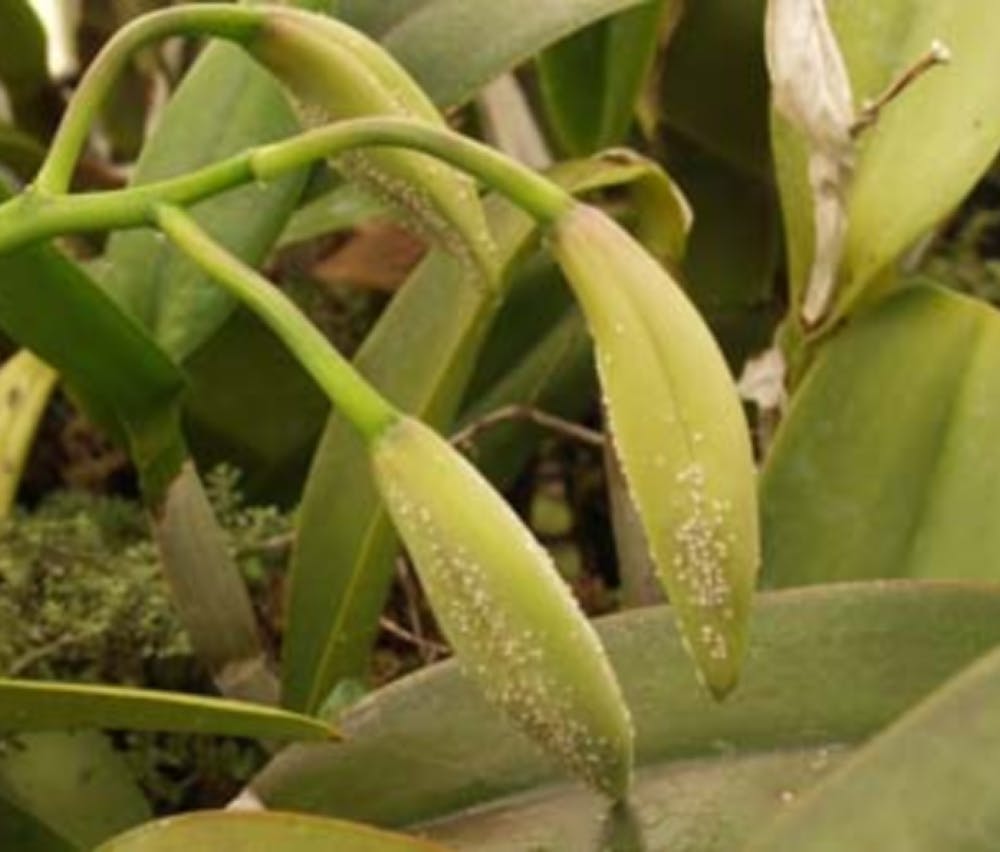
Whiteflies


Gallery

Prevention
As whiteflies are very mobile, and they tap into the vasculature, they also are vectors of disease, especially viruses. It’s important to eradicate a whitefly infestation as fast as possible. Whiteflies can complete a lifecycle in 21 days, and lay about 6-20 eggs at a time and about 400 eggs in a lifespan58. Because they can fly from plant to plant, they are more difficult to control. Combined with the fact that they are resistant to most pesticides, makes control even more difficult[3]. If outdoors or in a greenhouse, we recommend using parasitic wasps to control whiteflies, as the wasps will hunt them down60. Interestingly, whiteflies do not overwinter in areas with a hard freeze58. That means that any whiteflies you see have either migrated from a more warmer, southerly state, or most likely have escaped from a greenhouse, where they typically spend the winter.
Whiteflies are attracted to bright colors like white and yellow, and sticky cards are used to monitor, but not control their numbers. Pesticides are necessary in their control, and like any pest, whiteflies are susceptible to broad spectrum contact pesticides like insecticidal soap. They may develop resistance to chemical/non-organic insecticides. Whiteflies will also respond very well to insect growth regulators (IGRs), and IGRs combined with either sprays or predatory insects are what we recommend for controlling them.
Additional Information
For more information on Whiteflies, see:
- University of Wisconsin-Madison Extension
https://hort.extension.wisc.edu/articles/whiteflies/ - University of California Agriculture and Natural Resources
http://ipm.ucanr.edu/PMG/PESTNOTES/pn7401.html - Cornell University Extension
http://hort.cornell.edu/greenhouse/pests/pdfs/insects/WF.pdf
Further Reading
[1] Rutgers University Extension https://njaes.rutgers.edu/pubs/publication.php?pid=FS240
[2] University of Wisconsin-Madison https://hort.extension.wisc.edu/articles/whiteflies/
[3] University of California http://ipm.ucanr.edu/PMG/PESTNOTES/pn7401.html

FREE ACCESS: Orchid DealWire
Get notified when orchid vendors have special promotions and exclusive savings.








